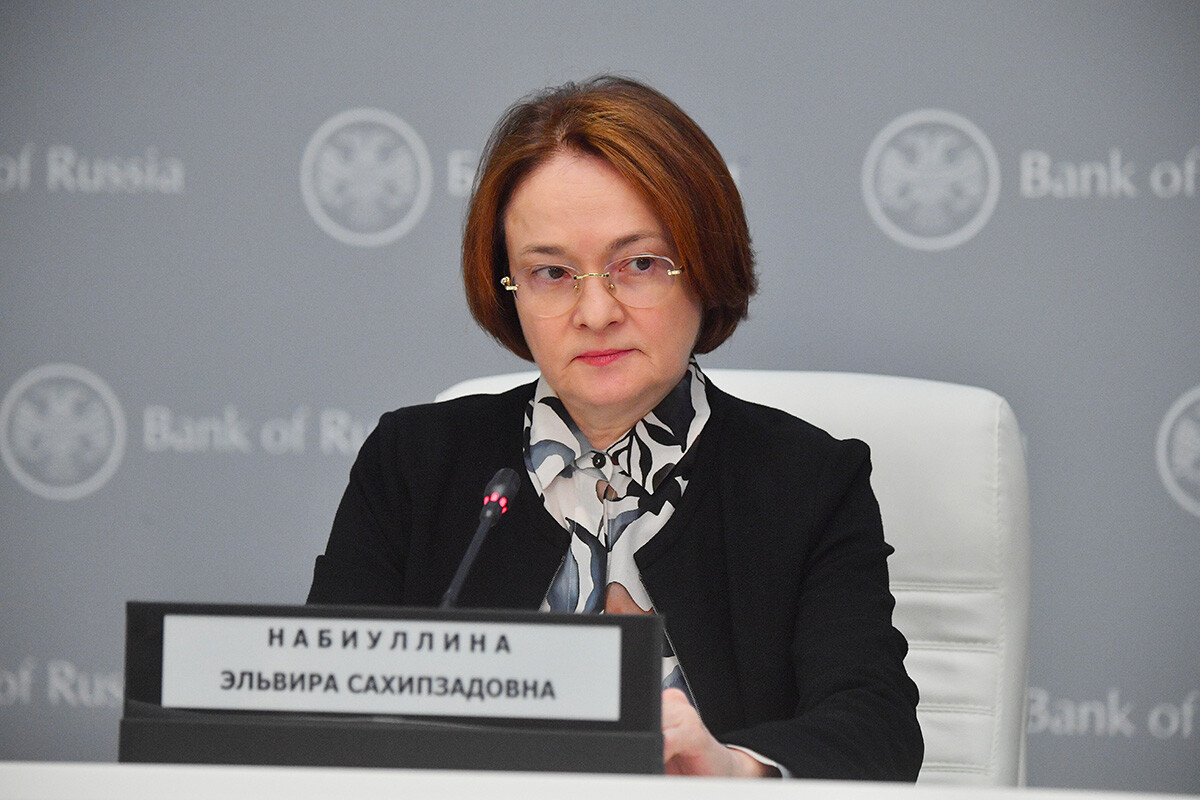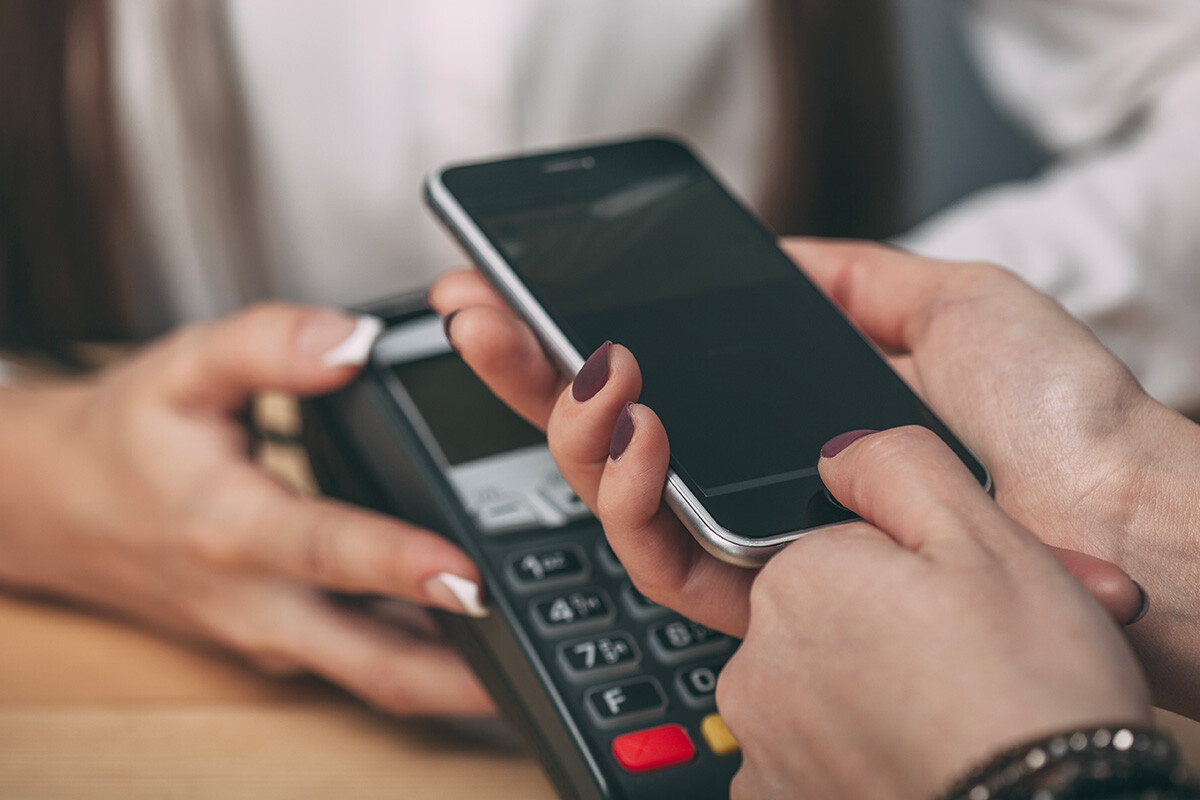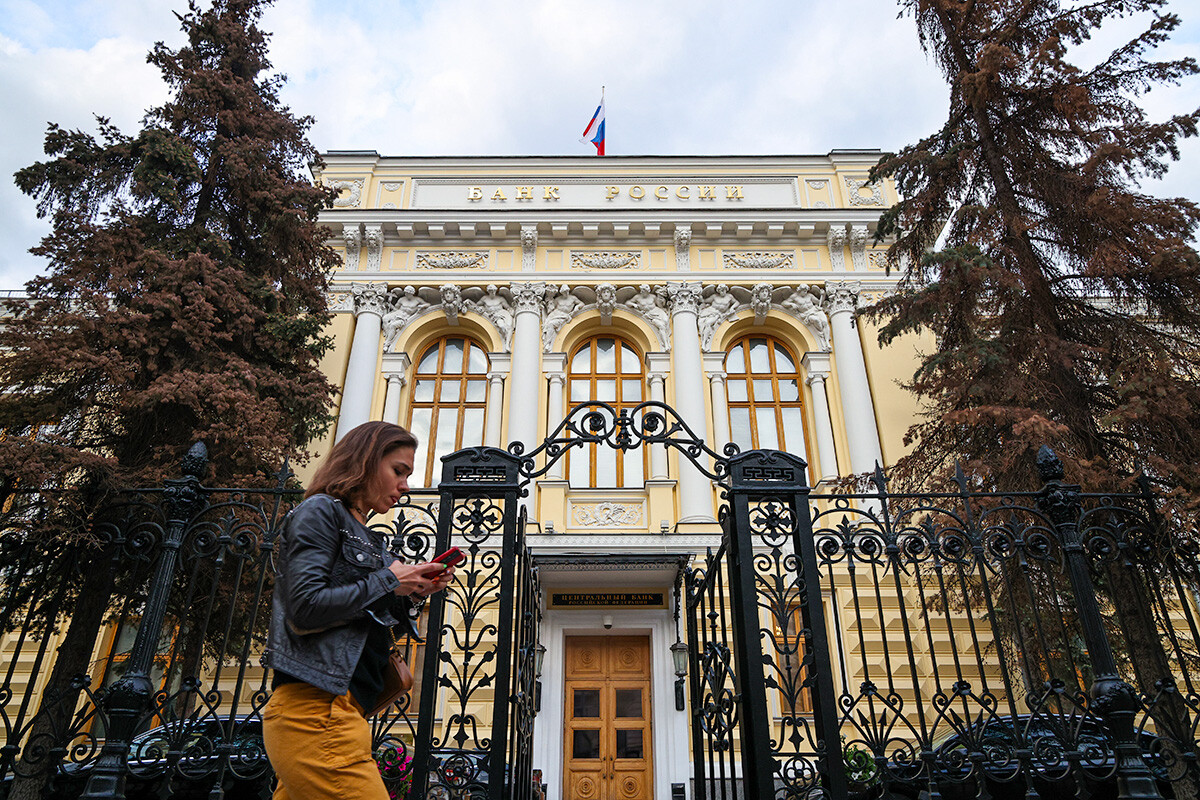
With the implementation of digital rubles in Russia, the state plans to achieve transparency in financial operations and hasten the emergence of a SWIFT equivalent.
Artystarty/Getty ImagesThe digital ruble is a digital form of the Russian national currency, which the Central Bank of the Russian Federation (the Bank of Russia) plans to issue, along with the existing forms of money.
Digital rubles will be stored in citizens’ and companies’ digital wallets in the form of a digital code. One will be able to open such wallets on the platform of the Bank of Russia; all digital ruble operations will take place there, as well.
Unlike existing non-cash rubles, which are stored in various commercial banks, digital rubles will be stored in the Bank of Russia. This implies their safe storage (hackers notwithstanding). With that, you’ll be able to use them through usual bank mobile apps and through internet-banking. Every ruble will have its own unique code – just like a typical banknote.
You’ll be able to make transfers in digital rubles like usual – only from a digital wallet to another digital wallet. You will also be able to pay for goods with it in stores – through a QR-code in the bank app on your phone and, in the future, with NFC contactless technology.
The decree on the digital ruble comes into force in Russia on August 1, 2023. From that point onward, the Bank of Russia and a limited number of credit institutions and their employees will begin to pilot the first use of digital rubles. By the regulator’s estimates, regular citizens will be able to use digital rubles to their full extent in 2025-2027.

The head of the Bank of Russia, Elvira Nabiullina.
Alexei Kudenko/SputnikAccording to the head of the Bank of Russia, Elvira Nabiullina, the usage of the new currency will be voluntary. The digital ruble is a new option for the people. “If they want – they’ll use it, if they don’t – they won’t. No one is forcing anybody to use the digital ruble,” Nabiullina said.

Vasily Pindyurin
Getty ImagesThe rapid growth of the number of digital currencies curbs the ability of the Bank of Russia, as the main financial regulator of the country, to influence the currency rate and inflation, thus creating risks for the stability of the financial system and the functioning of the entire state. Russia is not the only country that faces such a problem with the population’s growing interest in cryptocurrencies.
The digital ruble should become a centralized alternative to Bitcoins and Altcoins, which are not backed by anything. For the Bank of Russia (as the main economic management body in the Russian Federation), that means a more controlled circulation of money in the country.
In practice, this will allow for better control over budget spending – digital rubles, coded for specific use, will be harder to spend on bribes or other illicit purposes. The access to the information about businesses’ and individuals’ transactions should increase the transparency of the system, as well as allow for the tracking of the real size of the tax base and the legality of conducted operations.
On the technological level that will happen thanks to smart contracts – transactions executed automatically after predetermined conditions by the parties are met.

Bank of Russia, Moscow.
Mikhail Tereshchenko/TASS“A smart contract will contain the information about the transaction parties, its total sum and the conditions of its execution,” according to the ‘Concept of the Digital Ruble’, published on the Bank of Russia’s website. “One of the additional variants of using smart contracts may also be marking digital rubles, which allows for the establishment of conditions for their spending (for example, determining particular categories of goods and services, which could be purchased with digital rubles) and for the tracking of the entire chain of the marked digital rubles’ flow.”
It’s also expected that the digital ruble, just like the non-cash ruble, will be protected by the Bank Secrecy Act, with the exception of providing information to government bodies to resist money laundering and financial terrorism.
1. Digital rubles will be stored on the platform of the Bank of Russia, not in a commercial organization, which could potentially cease to exist. Digital rubles will be backed by gold and foreign exchange reserves and by other assets of the state.
2. You will not need the Internet to use the digital ruble. For now, the technology is being finalized, but the concept of the digital ruble states that, to perform offline transactions, the client, aside from a digital wallet, will have another wallet in digital rubles opened directly on their device. You’ll be able to top it up with a regular digital ruble transfer from your online wallet when you have access to the Internet.
3. In the case of theft or loss of digital rubles, the unique digital code will help track them faster and restore the violated rights of their owners.
4. For Russian citizens, transfers and payments in digital rubles will be free of charge. The maximum top-up sum of the digital wallet and the maximum size of a transfer will amount to 300,000 rubles ($3,300) per month. This is three times as high as the current 100,000 ruble ($1,100) limit of free-of-charge transfers in the Fast Payment System (‘SBP’ in Russian; it works with a mobile phone number).
5. For Russian businesses, the usage of the digital ruble will reduce fees – it’s expected that they will be no higher than 0.3%. Currently, they can reach 3% of the payment amount.
6. It’s also expected that the implementation of digital rubles and the national currencies of other countries will allow for conducting cross-border transfers without SWIFT (from which the largest Russian banks were disconnected in 2022).
“Over 30 regulators are currently working on national digital currencies,” Olga Skorobogatova, the first deputy chairwoman of the Bank of Russia, reported. “I think that this speed, with which the regulators have delved into this field, speaks volumes about the fact that, in 5-7 years, several countries surely will step forward with their own national digital currencies. Then, we can discuss the questions of direct integration. In that case, we no longer need SWIFT, since these are different technological interactions.”
Currently, Nigeria is already actively using a digital currency; many other countries have launched their pilot projects (China, South Africa, Thailand, Singapore, Kazakhstan, Saudi Arabia) and more than twenty countries are developing their digital currencies (India, Germany, France, Italy, Spain, Brazil, Canada, Turkey, Australia).

1. There will be no interest on the digital ruble balance or cashback for purchases – meaning that digital rubles will be impacted by inflation. You also won’t be able to open a deposit in digital rubles or take a loan.
2. There’s no 100% guarantee of the digital ruble’s safety: hacker attacks and fraud are still possible. But, it’ll be easier to get your money back with a code.
3. Theoretically, the code will allow the state regulator to impose restrictions on the usage of digital rubles; but, for now, there’s no such goal.
Dear readers,
Our website and social media accounts are under threat of being restricted or banned, due to the current circumstances. So, to keep up with our latest content, simply do the following:
Subscribe to our Telegram channels: Russia Beyond and The Russian Kitchen
Subscribe to our weekly email newsletter
Enable push notifications on our website
Install a VPN service on your computer and/or phone to have access to our website, even if it is blocked in your country
If using any of Russia Beyond's content, partly or in full, always provide an active hyperlink to the original material.
Subscribe
to our newsletter!
Get the week's best stories straight to your inbox